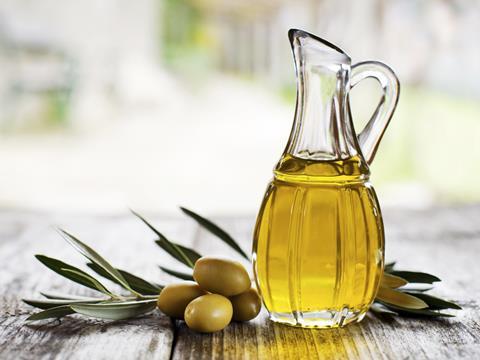
Olive oil brands may lose a seasonal pricing perk as the result of a labelling rule change in Italy, one of the world’s biggest olive suppliers. The Italian senate has voted to implement an EU edict that eliminates Italy’s compulsory 18-month shelf life limit on labels of extra virgin olive oil, which was instigated in 2013.
The limit was more stringent than in other EU countries and it has now been brought into line with other EU producers of EVOO, including Spain.
The change means producers are now more likely to hang on to surplus stock of EVOO rather than offload it to bottling companies at an attractive price, as they have been known to do in the run-up to the year’s harvest, (around October in Italy).
“We’re all a little bit bemused and can’t see the logic behind this at all,” says Lisa Mullins, marketing manager at Filippo Berio UK. “Normally, prices soften at harvest time because suppliers want to sell the previous season’s oil. That won’t happen if there’s no economic reason to sell old oil,” she adds, pointing out that EVOO deteriorates in quality quite quickly.
Suppliers that don’t rush to offload excess stock could end up releasing an inferior product, and Mullins’ main concern is that shoppers face buying oil that is “past its best” - but the potential loss of the pre-harvest price dip is still galling.
However, she believes the rule change in Italy is highly unlikely to have an immediate effect on brands’ costs because there is currently a lack of carryover supplies.
Mintec analyst Loraine Hudson says the wider market won’t be affected because “production and the replenishment of stocks are the most important price drivers at the moment”.
EU production for the 2015/16 season is forecast up 45% year on year to 2.1 million tonnes. Ending stocks have risen 150% year on year, from 84,000 to 214,000 tonnes.








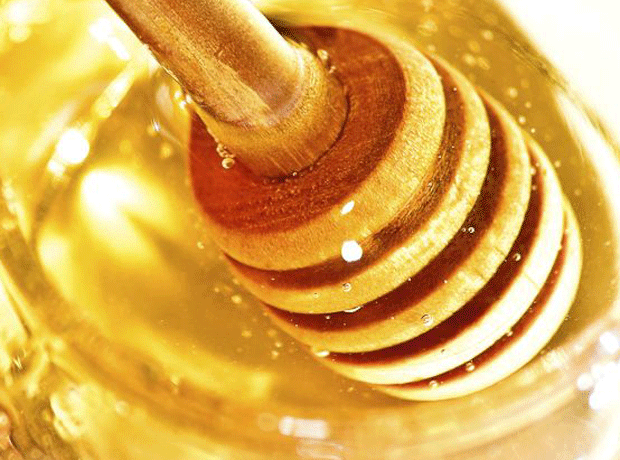

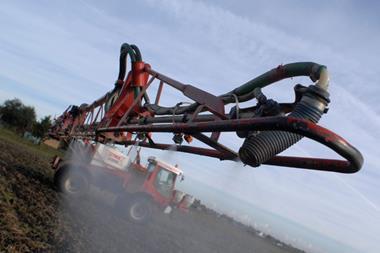


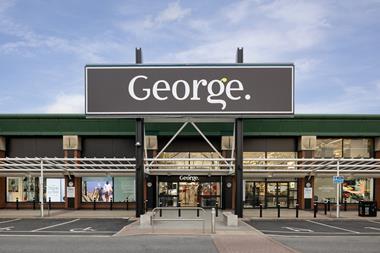
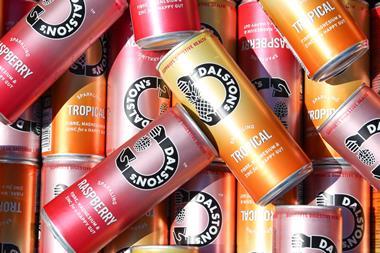

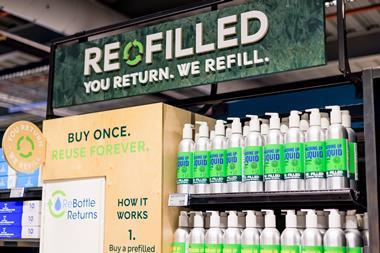


No comments yet